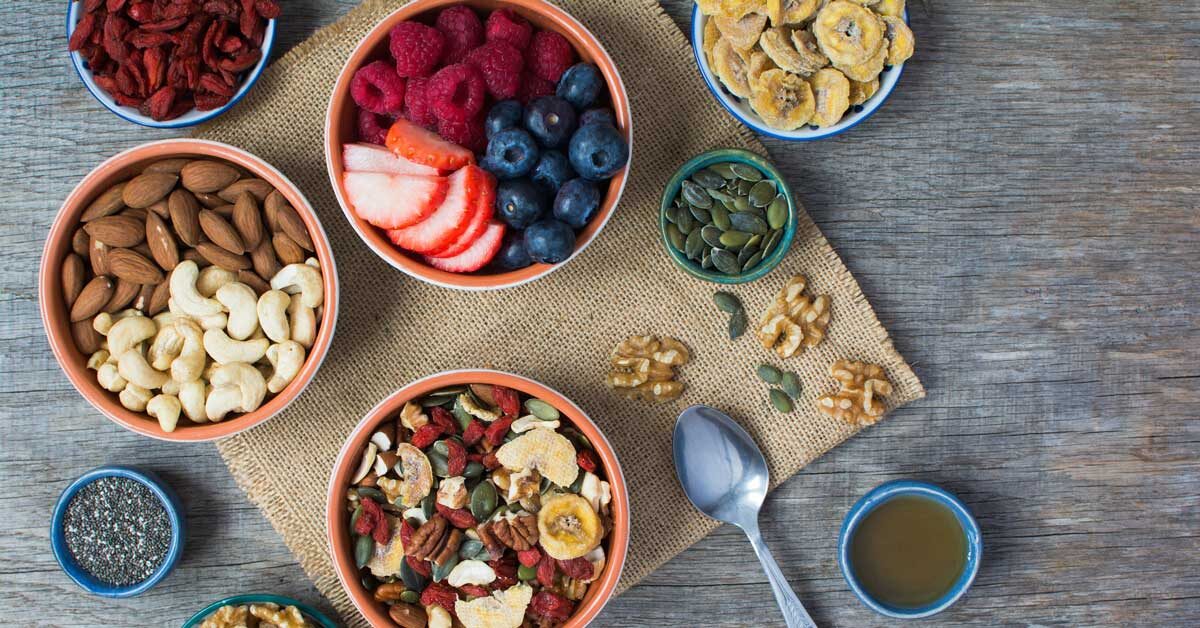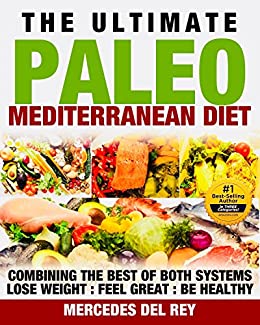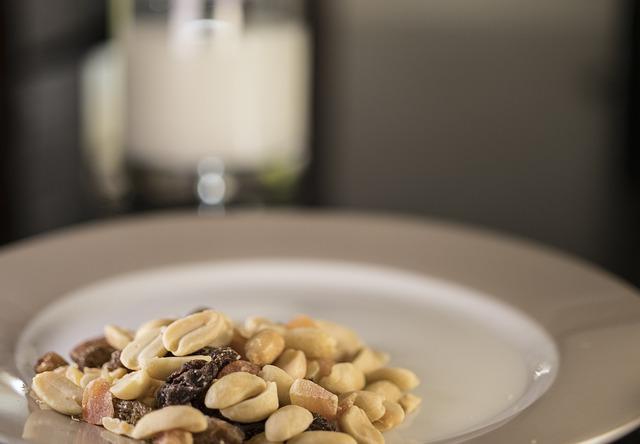
Dr. Loren Cordain, a scientist who specializes in nutrition and exercise physiology is a prominent supporter of the Paleolithic lifestyle. There are many misconceptions about the Paleolithic lifestyle. Let's take a look at some of the myths that surround this diet and see why it is so important to choose healthy foods. These are some of the most popular myths surrounding this diet.
Dr. Loren Cordain
As a leading authority on human evolution, Dr. Loren Cordain is widely known. He has appeared on The New York Times, Wall Street Journals and Dateline NBC's first pages. He is also the leading expert in natural human nutrition. He has published more than 100 peer reviewed scientific papers on the topic and has done groundbreaking research about the health benefits of eating food derived from Stone Age ancestors.
Dr. Cordain studies the evolutionary and anthropological basis of diets. Many of his publications explore the nutritional content of wild plants and animal foods eaten by early humans. He is the foremost expert on Paleolithic diets and has lectured extensively on this subject worldwide. His books on the topic are widely read and popular. Find out more about Dr. Cordain by reading his biography.
His research

Loren Cordain's research revealed a link between diets and certain diseases in modern civilisation. Stone Age people were less likely to consume potassium and sodium, which are linked with modern diseases. Similar to the Middle East, people who lived there ate more fruits and vegetables. This could be why modern civilisation has some of the most common diseases. If diet is only a part of the problem, then why haven’t we been eating more fruits & vegetables?
One of the most popular health movements is Paleo, which prohibits whole grains, cereals, legumes and dairy products, as well as vegetable oils. In fact, many researchers have made the same recommendation. Paleo diet has been shown more effective than other diets in improving your immune system and health. While Dr. Cordain's research doesn't prove that humans were able to survive without these foods, many of us can benefit from its benefits.
His book
This book is essential reading for anyone who wants to learn the science behind Paleolithic food. American scientist Loren cordain is an expert in exercise physiology, nutrition, and other related topics. His book, Eat to Live, is the first book written by a leading advocate of the Paleolithic diet. Cordain's methods are not popular with everyone, but he is supported by numerous studies.
Loren Cordain (Colorado State University) is a professor and an expert in nutrition and exercise. He collaborated with world-famous scientists to develop Paleo Diet. This is the first book by one of the founders this trendy diet. The book explains how Paleo Diet transformed our lives. This book is your chance to transform your diet.
His views about nutrition

One of Dr. Cordain’s greatest contributions in modern health is the science behind diet. He is a Ph.D. in health from the University of Utah. Since 1982, he has taught at Colorado State University. He has been featured in Dateline NBC, the Wall Street Journal, and the New York Times, and he is regarded as one of the world's foremost authorities on natural human diets.
Taking a look at paleolithic diet history, Cordain provides valuable insight into the benefits of this lifestyle. Paleo was first presented to the world in 1998 by Dr. Boyd Eaton. Since then, it has been one the most popular dietary trends. Dr. Cordain continues to research the diet's health benefits in all ages, including children. He also discusses legumes, dairy and carbohydrates to reveal the truth of what our bodies are designed to eat.
His critics
Criticians of Loren Cordain’s Paleo Diet cite many facts and examples that show this diet is unhealthy. While lean meat contains a high proportion of protein, this diet is devoid of essential nutrients such as calcium, salt, and folic acid. It does not supply the body with essential nutrients like vitamin B and omega-3 fatty oils.
FAQ
Are there any ingredients that I must buy in order to make a meal?
You don't have to buy all ingredients. Most grocery stores sell premade sauces and other items you can use as substitutes. Pre-made meals are a great way to save money.
What is the average time it takes to become a chef? What's the average career path for a chef?
A chef's career takes about five years. During this time, you will study basic cooking techniques and gain experience working as a kitchen assistant. You can apply for line, sous or executive chef positions after you complete your training. The average annual salary for a professional chef is between $25,000 and $60,000
Is there a better career path for someone who dreams of becoming a chef? How can I get started in my career as an chef?
You should start as an apprentice if you are interested in becoming chef. Apprenticeships let you work for many years and pay no tuition fees. After you complete your apprenticeship, it is possible to apply for a job as a sous-chef. Sous chefs oversee cooks and help them make salads and desserts. They are also responsible for the overall operation of the restaurant.
Statistics
- In the United States, the category is estimated at $23.2 billion annually and is growing faster than the market. (washingtonpost.com)
- According to the BLS, chefs earn $58,740 a year. (learnhowtobecome.org)
- The median pay for a chef or head cook is $53,380 per year or $25.66/hour, according to the U.S. Bureau of Labor Statistics (BLS). (learnhowtobecome.org)
External Links
How To
How to cook a Steak
The thickness of the meat determines the best cooking method. Thicker steaks can be cooked on a low heat. Thicker steaks need to be cooked at higher temperatures.
Also, don't cook them too long as it will cause loss of flavor. Remember to take your steak out of the oven when it's done. You won't burn.
Cooking times vary depending on the size and degree of doneness desired. Here are some general guidelines.
Medium Rare: Cook the meat until it reaches medium rare (63°C). This should take between 3 and 5 min per side.
Medium: Cook till medium. This normally takes around 6 minutes per side.
Cook well until done. That means that the internal temp reaches 180degF (82degC). This normally takes 8 to 12 minutes per side.